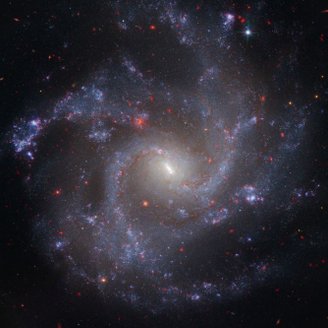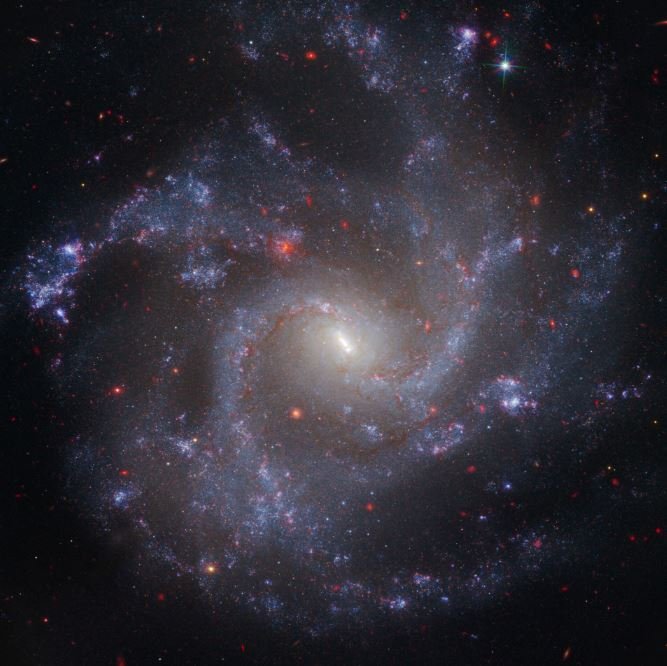The expansion rate of the universe, also called the Hubble constant, is considered one of the fundamental discoveries of modern cosmology because it helps scientists understand the evolution of the universe. Recently, the United States National Aeronautics and Space Administration (NASA) and the European Space Agency (ESA) announced that today’s space telescopes confirm this ratio.
In a study published in the scientific journal The Astrophysical Journal Letters, researchers from space agencies explain that the James Webb Space Telescope (JWST) and the Hubble telescope have collected data confirming the expansion rate of the universe.
The first telescope to provide data on this topic was Hubble, and recently scientists used James Webb to confirm the information.
Many scientists have detailed that Hubble’s measurements of the expansion rate do not agree with other calculations. Until then, astronomers believed that the observations might be wrong, but James Webb took measurements and gave results consistent with data from the old telescope. Now scientists know Hubble was right all along.
“Once measurement errors are ruled out, what remains is the real and exciting possibility that we have misunderstood the universe. We can rule out measurement error as the cause of the Hubble voltage with a very high degree of confidence. Combining Webb and Hubble gives us the best of both worlds. Johns Hopkins University physicist and Nobel laureate Adam Riess said, “We find that Hubble’s measurements continue to be reliable as we move up the cosmic distance ladder.”
Expansion rate of the universe
The data collected by the telescopes results in a still unsolved mystery called the Hubble Voltage. About the expansion rate of the universe compared to the rate of the early universe. According to the researchers of the study, when we start to look deeper into the universe, some errors may actually occur in the measurements; For example, star clustering can affect the brightness measurement of more distant stars.

Astronomers believe this discrepancy suggests that there is something missing in physics that we do not yet understand; This is probably not a measurement error, as both telescopes confirm the same data. More modern space observatories, such as the Roman Nancy Grace Space Telescope and the Euclid Telescope, may be decisive in understanding the Hubble Tension.
“Further confirmation of the Hubble Tense by Hubble and Webb opens up other observatories that could possibly solve the mystery. NASA’s upcoming Nancy Grace Roman Space Telescope will conduct wide-sky surveys to study the impact of dark energy, the mysterious energy causing the expansion of the universe to accelerate. ESA “‘s Euclid observatory is carrying out a similar mission with contributions from NASA.”
Did you like the content? Always stay up to date with the latest studies on astronomy at TecMundo. If you wish, take the opportunity to understand how telescope lenses contributed to the evolution of astronomy.
Source: Tec Mundo
I’m Blaine Morgan, an experienced journalist and writer with over 8 years of experience in the tech industry. My expertise lies in writing about technology news and trends, covering everything from cutting-edge gadgets to emerging software developments. I’ve written for several leading publications including Gadget Onus where I am an author.













